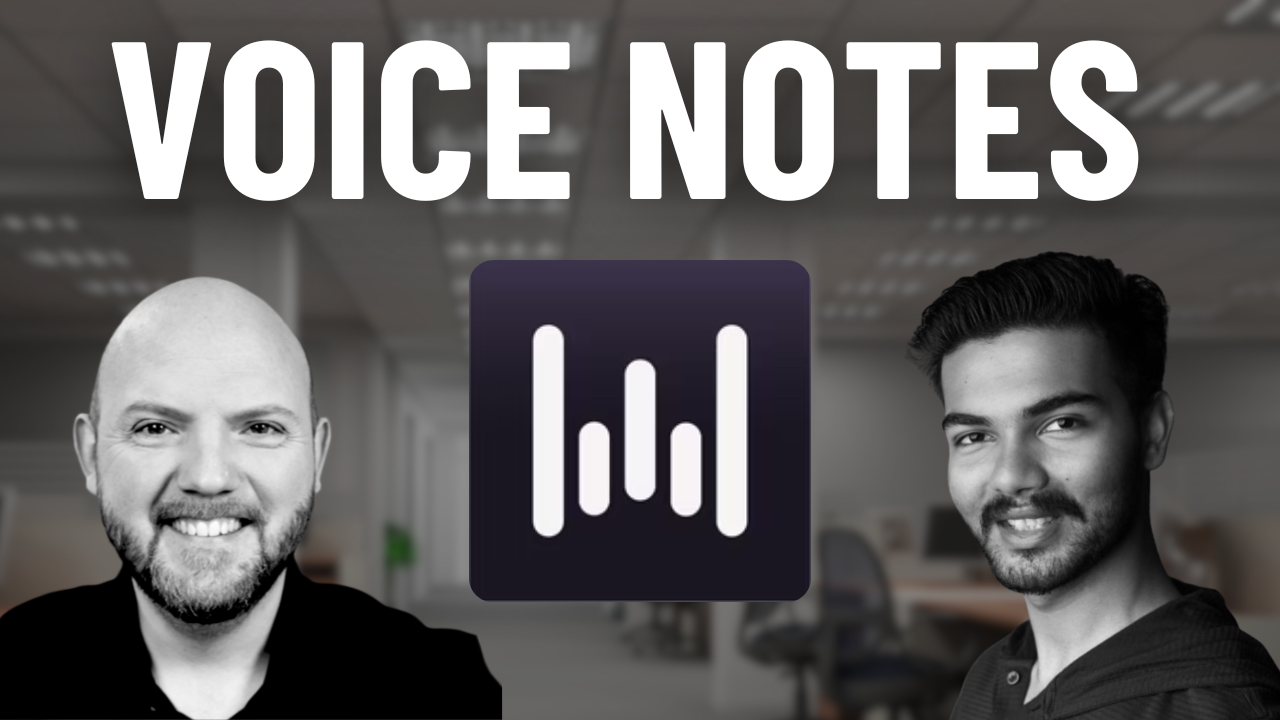In this Productivity like a Pro Podcast Episode by the Paperless Movement®, Tom Solid and Paco Cantero dive deep into the advantages and challenges of going fully digital with productivity systems. They discuss why traditional paper-based methods, like GTD (Getting Things Done), may no longer be the most effective approach and how a 100% digital system can enhance efficiency and organization.
The Limitations of GTD and Paper-Based Systems
GTD has been a widely recognized productivity system for decades, but as Tom points out, it was originally designed for a paper-based workflow. As digital tools emerged, people attempted to adapt GTD into platforms like Evernote and Todoist, often leading to rigid and inefficient workarounds. Tom highlights how forcing a methodology designed for paper into a digital space can create friction rather than improving productivity.
Paco shares his personal journey with going paperless, explaining how his early discomfort with paper, combined with his preference for digital tools, led him to fully embrace a digital workflow. He emphasizes how digital tools eliminate the uncertainty of losing information, improve retrieval through search functions, and provide a more secure and efficient system.
Why Hybrid Systems Create More Problems
Many professionals attempt to balance between paper and digital tools, but Tom and Paco argue that hybrid systems often lead to confusion and inefficiency. The challenge is determining when to use paper versus digital, which can create uncertainty in where information is stored and how it is accessed.
They have observed that once people establish a solid, fully digital productivity system, they naturally transition away from paper without looking back. The key is having a clear, structured workflow that integrates Task Management, Personal Knowledge Management, and Project Management effectively.
The Power of Digital Collaboration
One of the biggest advantages of a fully digital productivity system is seamless collaboration. Tom shares his experience in corporate settings where meeting notes were traditionally taken on paper, leading to discrepancies and inefficiencies. Instead, he advocates for recording decisions directly in shared Project Management tools during meetings, ensuring transparency and reducing unnecessary back-and-forth communication.
Paco also highlights how digital tools like Miro and Heptabase enhance creativity and problem-solving by allowing for dynamic, interactive visualizations—something that is difficult to achieve with paper.
The Future of Productivity is Digital
Looking ahead, Tom and Paco agree that professionals who leverage digital systems will always have an edge over those relying on paper. AI-powered tools, audio transcription, and smart automation continue to evolve, making digital workflows even more powerful.
For those struggling to transition, Tom and Paco emphasize the importance of learning how to use digital tools effectively. The Paperless Movement® provides a structured approach through the Paperless Movement® Membership, offering comprehensive training in Note-Taking, Personal Knowledge Management, Task Management, and Project Management.
The message is clear: embracing digital productivity is not just about going paperless—it’s about working smarter, staying ahead, and optimizing efficiency in a world that is rapidly evolving.



